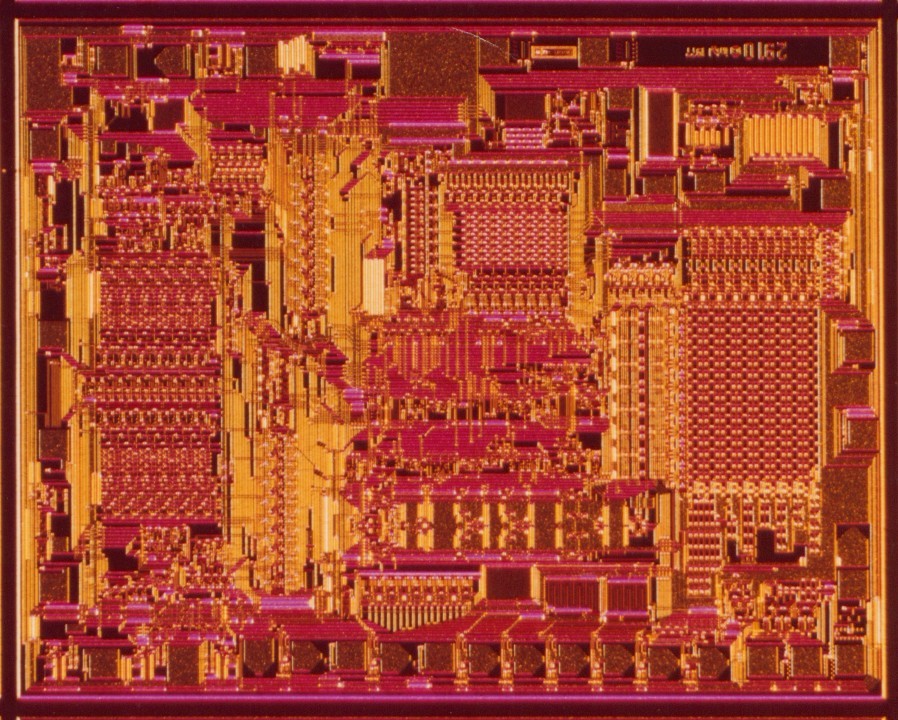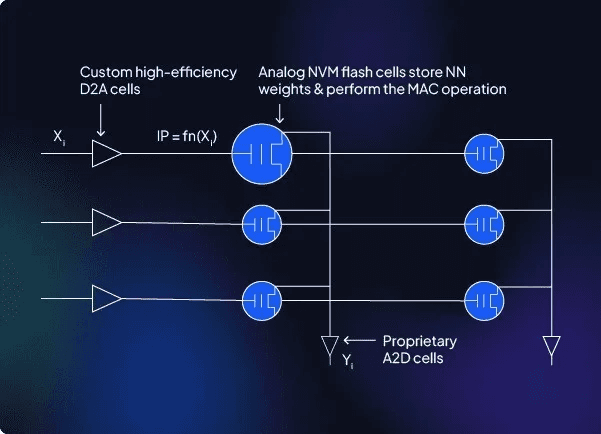Programming
The Future of x86 Architecture
Evolving to Meet the Demands of a Changing World
Aug 20, 2022
The Future of x86 Architecture
Since its inception in the early 1980s, the x86 architecture has dominated the computing landscape, powering desktops, laptops, servers, and a vast array of other devices. However, as technology advances and the needs of users evolve, the future of x86 architecture faces both challenges and opportunities.
Challenges Facing x86 Architecture
Despite its long history of success, x86 architecture faces several challenges that could hinder its continued dominance in the future. One major challenge is its complexity, which makes it difficult to design and manufacture efficient and powerful x86 processors. Additionally, the x86 instruction set has become increasingly bloated, making it less efficient for handling modern workloads that require high performance and low power consumption.
Another challenge is the increasing popularity of ARM-based processors, which are generally more efficient and power-efficient than x86 processors. ARM processors have gained traction in mobile devices, where power consumption is critical, and are now making inroads into the server and desktop markets as well.
Opportunities for x86 Architecture
Despite these challenges, x86 architecture also has several strengths that could help it maintain its position in the future. The vast array of software and hardware that is already compatible with x86 architecture creates a strong ecosystem that is difficult for competitors to match. Additionally, x86 processors are generally more powerful than ARM processors for demanding workloads, such as gaming and professional applications.
The Future of x86 Architecture: A Hybrid Approach
To address the challenges it faces, x86 architecture is likely to evolve towards a hybrid approach that combines its strengths with the efficiency of ARM processors. This could involve using ARM processors for low-power tasks and x86 processors for high-performance tasks, or it could involve developing new x86 architectures that are more efficient and power-friendly.
The Role of Cloud Computing
Cloud computing is also playing a role in the future of x86 architecture. As more and more computing tasks are moved to the cloud, the efficiency of the underlying hardware becomes less of a concern. This could allow x86 processors to continue to dominate the cloud market, even as they face more competition in the traditional computing space.
Conclusion
The future of x86 architecture will be shaped by the interplay of challenges and opportunities. The architecture will need to address its complexity, bloated instruction set, and power consumption issues to remain competitive. However, its vast software ecosystem, strong performance for demanding workloads, and the growing importance of cloud computing could help it maintain its position in the market. Ultimately, the future of x86 architecture will depend on its ability to evolve to meet the demands of a changing world.
In addition to the challenges and opportunities mentioned above, here are some other key trends that are shaping the future of x86 architecture:
The rise of artificial intelligence (AI) and machine learning (ML): AI and ML are placing increasing demands on computing power, and x86 processors are well-suited to handle these workloads.
The development of new technologies such as chiplet architectures and neuromorphic computing: These technologies could offer new opportunities for improving the performance and efficiency of x86 processors.
The increasing importance of security: As computing systems become more complex, the need for robust security measures is growing.
The changing needs of the workforce: The rise of remote work and the increasing use of mobile devices are changing the way people work and use technology.
By addressing these challenges and seizing these opportunities, x86 architecture can continue to play a leading role in the future of computing.
Recommendations for Further Reading
For our Services, feel free to reach out to us via meeting…
Please share our content for further education


